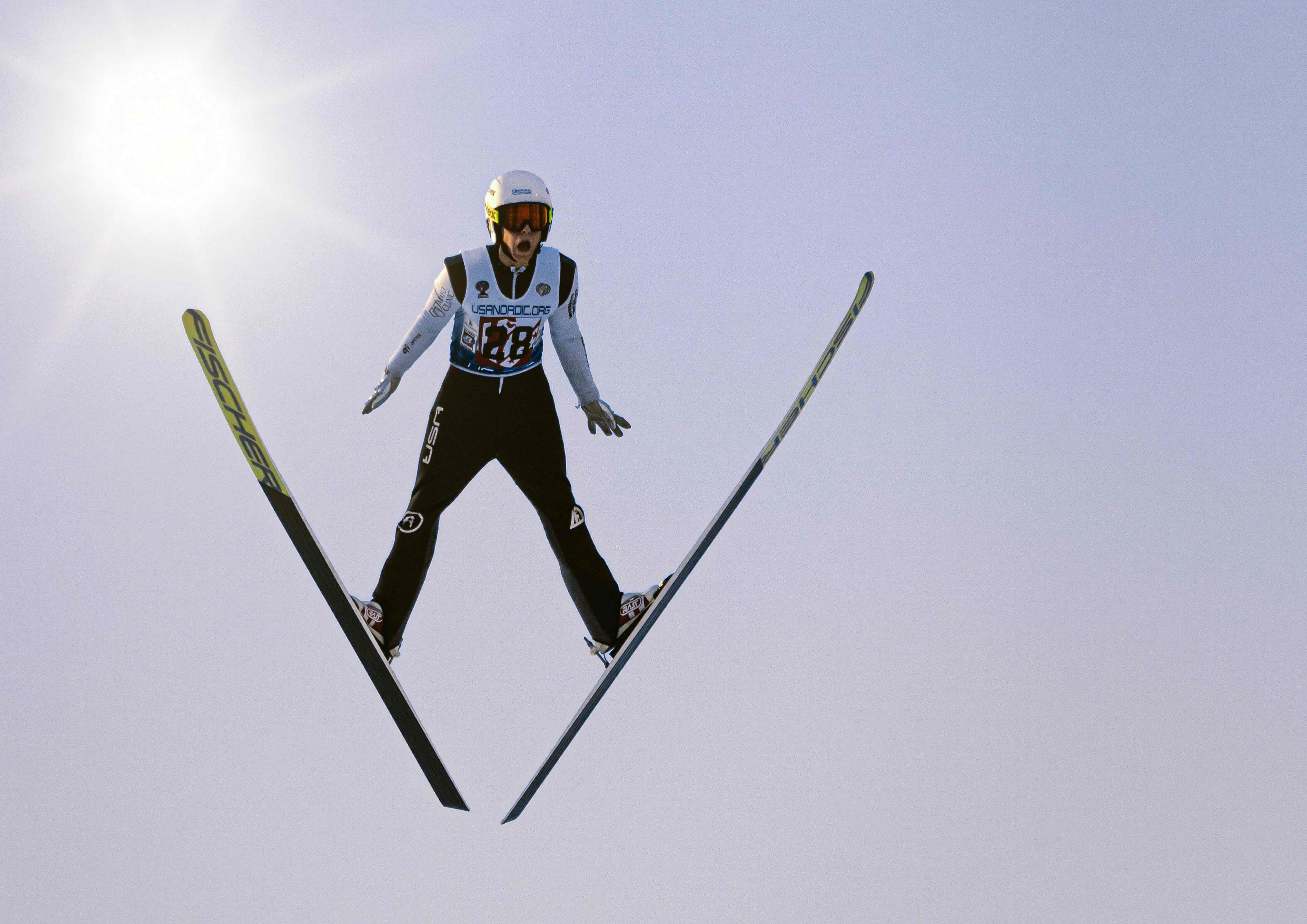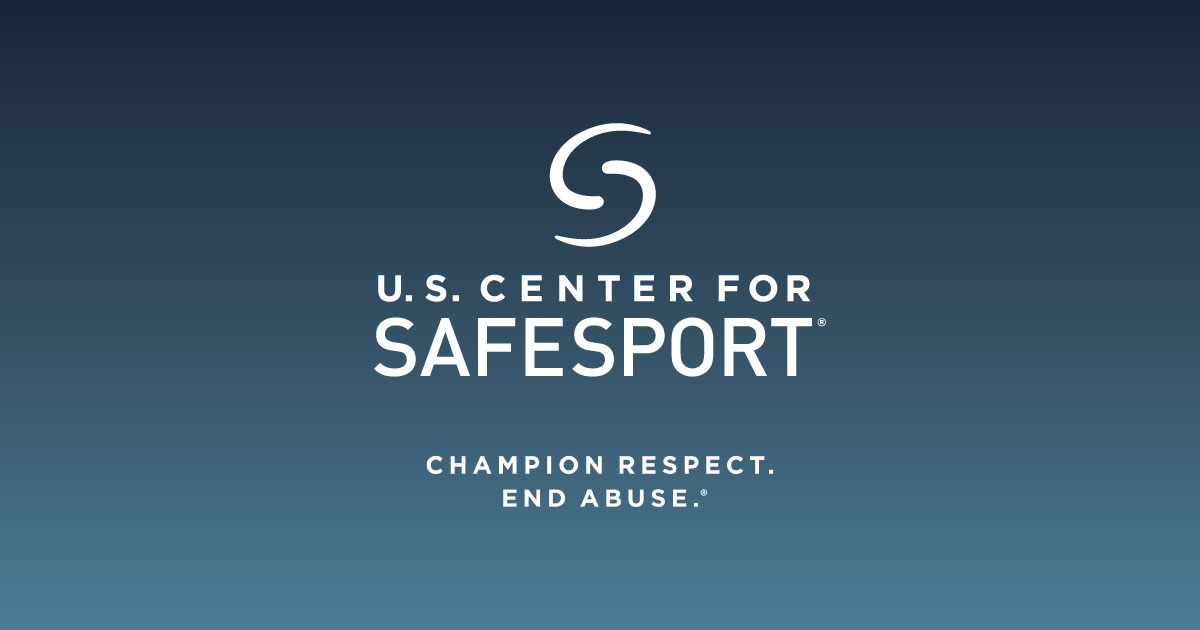
#WeRideTogether sees firsthand how grooming is one of the most common, if not the most common, forms of abuse in sports. However, grooming is rarely discussed or talked about by name. Grooming overlaps and often encompasses many types of misconduct, such as emotional/psychological abuse, physical abuse, and sexual abuse. #WeRideTogether has created this series to serve as an informational repository about grooming in sports for athletes, survivors, parents, coaches, and sporting staff.
When Groomers Fail
Understanding the nuances of the grooming stages in sports can help us better understand how groomers are more likely to succeed when safeguarding practices are not in place. The stages reviewed in Part 1 show that groomers succeed when they operate in a vacuum and can exert leverage over their athletes. Safeguarding and prevention efforts serve to disavow such circumstances and conditions. Preventative safeguarding works to create a hostile environment for abuse to take place and create a warmer environment for survivors and disclosures.
Safeguarding and proactive prevention work by establishing healthy and safe boundaries and conduct in sporting spaces. An essential piece of prevention requires that interactions between athletes and coaches are transparent and observable. This means in-person and online interactions must abide by the Window Rule, sometimes called the ‘Rule of Three,’ thus having a witness in the eye or earshot of any interaction. Though abuse can still happen in plain sight, much can be squashed with prevention, as grooming tactics, as groomers succeed in secrecy and have difficulty under observation. A concrete example of this prevention practice is that athletes should never be alone in a car with an athletic authority figure.
Second, emphasis on safeguarding fights stigma and inspires positive cultural change in which victims may face fewer barriers to disclosure and reporting. Increasing disclosures and reporting is paramount to stopping grooming because “if the aggressor is not exposed, they move on to the next victim, improving their methods. In some cases, highly skilled child sexual abusers will abuse many victims before being caught, if ever.” (1) This means we must have reporting resources such as the athlete helpline number readily available.
Furthermore, background checks and verifying employment history and reputation are essential. Gatekeeping groomers from the get-go is a must, as they can be harder to get rid of as they use their skills and tactics and often high regard to be seen as “important to the organization.” (2) This proactive measure is one that organizations can instill in their hiring practices and that parents can play a part in learning more about their athlete’s coaches/trainers/staff.
Lastly, groomers tend to fail when athletes are prepared with preventative education and techniques. This means having these conversations with kids early. (3) Studies show that the average age for the first incident of abuse in sports is between the ages of 13 and 15. This means prevention must be done heavily and consistently for pre-teens and teenagers. Prevention must include teaching boundaries, following intuition, and identifying safe adults. When we supply athletes with the proper tools and resources, they can better recognize, ward off, and seek support if confronted by groomers' tactics.
Recovering from Grooming
For the survivor:
Recovering from grooming can be just as mind-boggling and complex as experiencing grooming. Some survivors and their families remark that being groomed is similar to having been brainwashed.
First, it can be hard to recognize, identify, and accept that you are being or have been subject to a groomer’s tactics. It can be complicated to see it while you are experiencing it. And it's tough to hear concerns from others that you may be experiencing grooming. This is because grooming in and of itself is a mind game and a gaslighting process in which you are upended. Parts of you have been so fooled, convinced, and fallen, perhaps even in love or lust. Other parts carry an “ick” that you can’t seem to shake.
You may be stuck or in limbo, and the old saying that time and distance are essential medicines may be true. Here, having perspective can be helpful and eye-opening. But all forms of healing and recovery are about repair and rebuilding. When it comes to addressing trauma from grooming, this can be extra difficult. And, this all may be concurrent with justice-seeking options that bring their triumphs and tribulations.
Unfortunately, counselors, therapists, and doctors may or may not be trauma-informed and well-versed in the topic and can say the wrong or very harmful things. You may face shame or blame internally and/or from your friends, teammates, family, or society. So we will repeat it: it was not your fault. It is not your fault. And now, fortunately, or unfortunately, it is your responsibility to heal.
This healing journey will look different for everyone and carry different rites of passage, themes, and processes. However, we know grooming is complex and gravely impacts one’s sense of self, interpersonal relationships, and trust. Thus, recovery will come from unwinding and rewiring these aspects of our minds, bodies, and, most importantly, hearts to have healthy relationships, bonds, and interactions moving forward.
For some, knowledge can be highly beneficial and powerful, such as learning about grooming and how it works. For others, healing can only come from new positive relationships. Individuals may find specific therapeutic modalities helpful or a fresh start and separation from their old lives necessary. Things can shift starkly and dramatically, or healing can be slow and subtle. There is no right or wrong. And everyone’s journey is different. It is a lot to ‘make sense of’ that truly can't be ‘made sense of.’ It's a lot to unpack, grieve, feel, process, and find peace in. We may never know why it happened or why this was part of our lives, but the only way out is through it. And the way through is with compassion for ourselves and others who have experienced the same thing.
For parents:
Take your feelings and put them aside. It is not about you right now, not with your athlete. Find your own support person and someone to talk to about your feelings and thoughts on the matter. Do your own healing work and self-care to better show up for your athlete. What your athlete experienced and is going through is not about you, what you did or didn’t do, or anything at this point. What matters is that you stand by their side loyally and advocate for them as best you can.
These are tricky and uncomfortable topics and hard things that none of us want to be stuck in, most of all your athlete who has been treated wrongfully. It is your responsibility not to make matters worse, but to help them get the support they need. You are responsible for caring for yourself and your mental health and well-being.
For organizations:
Your response matters critically for supporting and protecting the specific athlete and all current and future athletes. Abuse is interpersonal, but it's also systemic, and we all have a role and duty to protect one another. (4)
Organizations and staff must follow reporting and safeguarding procedures. Anyone who has witnessed or suspected abuse should intervene, serve as a safe and active bystander, and follow reporting guidelines. This works to enact positive cultural change, protect the survivor and other current and future athletes, and avoid instances of institutional betrayal.
If a report has already been made, it is imperative that you promptly implement temporary and long-term safety measures to ensure the safety and well-being of all participants. Often, when there is one victim, there are others. It is your responsibility to keep your sporting organization safe. It is estimated that only 2-8% of allegations are false. Your response matters in showing allegiance and trust to the athlete and all survivors.
**If you need immediate support or assistance, visit our crisis resources.**
Kathryn McClain, MSW, MBA
Program and Partnerships Director at #WeRideTogether
Works Cited
- Flagging Foul Play – Preventing the Sexual Grooming of Youth Athletes
- Flagging Foul Play – Preventing the Sexual Grooming of Youth Athletes
- 5 SIGNS OF GROOMING IN YOUTH SPORTS - Including Three Ways to Prevent it
- Sexual Violence and the Coach–Athlete Relationship—a Scoping Review From Sport Sociological and Sport Psychological Perspectives - PMC



-min.jpg)
